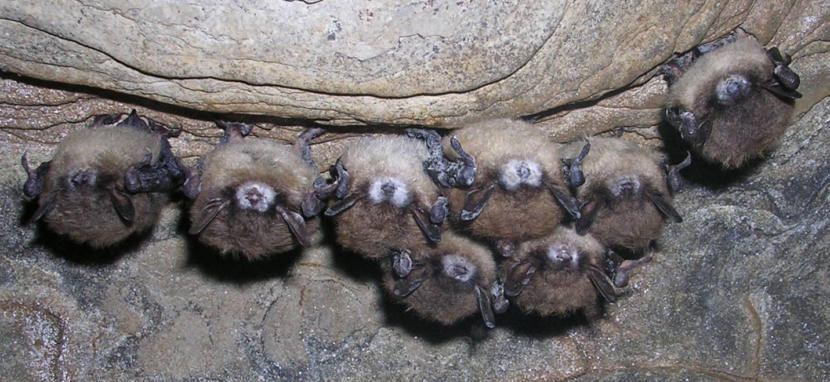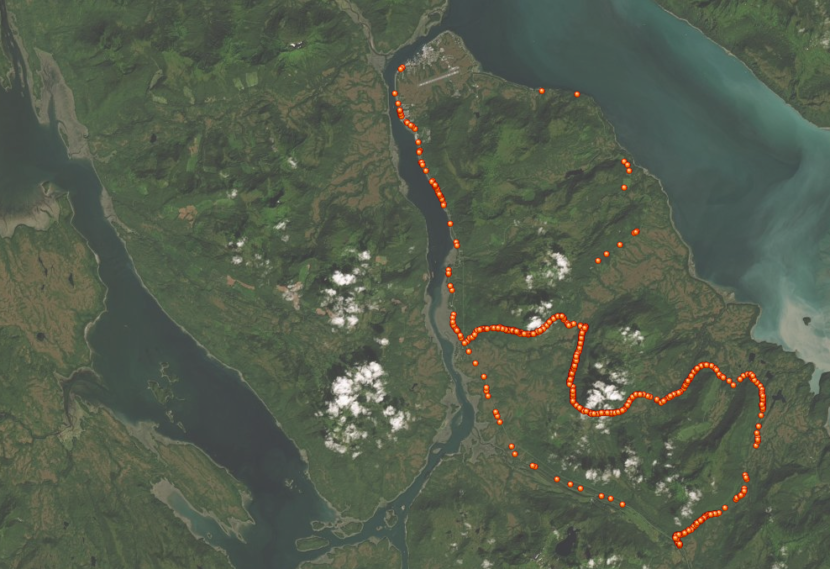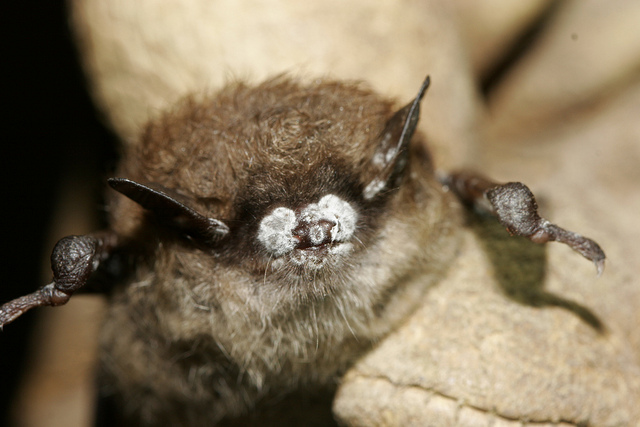
Volunteers in Petersburg and several other Southeast Alaska communities are taking a tally of the region’s bat population for the Alaska Department of Fish and Game. The agency launched the project in 2014 and has been racing against the clock to get accurate data before a deadly bat disease reaches Alaska.
These surveys begin precisely 45 minutes past sunset — which, in late June in Southeast, means the route starts at around 10:30 p.m. Sunny Rice, a marine advisory agent with the Alaska Sea Grant, starts by heading out on Mitkof Highway.
The beginning of the route takes Rice down dirt logging roads for more than an hour. She has a magnetic cylindrical recording device attached to the roof of her car, with a wire running into a handheld GPS tracker. The survey relies on the recorder to take an acoustic snapshot of the bats, which use high-frequency sound to navigate and hunt for prey. Fish and Game then compiles all the snapshots to get a bigger picture of the region’s bat population.
Rice sets off down the logging road, winding through National Forest land in the middle section of Mitkof Island, hoping to hear some bats.

Tory Rhoads, the Fish and Game biologist overseeing the survey, said the main objective right now is to find the caves where the bats roost for the winter. That’s partly to better monitor for white-nose syndrome, a fungal disease that affects roosting bats.
“And since we only know of 10 bat overwintering roosts in the whole state, it’s really hard for us to monitor for white-nose syndrome,” Rhoads said. “Which is why one of the key things we’re focusing on is locating more of these areas.”
White-nose syndrome has decimated bat populations across the country. So far, the disease has not reached Alaska — but it is creeping westward, and several cases have turned up in Washington state in recent years.
Rhoads said the driving surveys will hopefully act as an early warning system if white-nose syndrome does arrive here.
“And if we were to see sharp declines in the number of calls conducted on surveys during times of the year we would expect a lot of activity, that would be kind of a red flag for us and something we would investigate further,” she said.
Fish and Game’s monitoring project has been going on since 2014, and it’s currently active in seven Southeast communities. In Petersburg, all you need to do to sign up is stop by the library to fill out some paperwork and pick up a box of audio recording equipment.
Chris Weiss works at the Petersburg Public Library and is the local coordinator for the project. She said this year they’ve had less participation than they’ve had in the past.
“Part of the problem is that a lot of people who’ve done it in the past are just not in town, either any longer or this year,” Weiss said. “They just have not been in town during the times that we’ve needed them.”

Out on the logging roads, Rice and wasn’t hearing any bats. She did, however, count about a dozen porcupines. Then, finally, an unmistakable burst of echolocation clicks came through the speaker — slowed down and rendered audible to the human ear by the recording equipment. Soon the calls were coming in left and right.
In the end, Rice thinks she heard more than 30 bats. As the project continues, Rhoads said the next step is getting a general sense of where the bats overwinter. At that point, she said they hope to bring in scent-tracking dog teams to zero-in on the exact location of the roosting spots.
